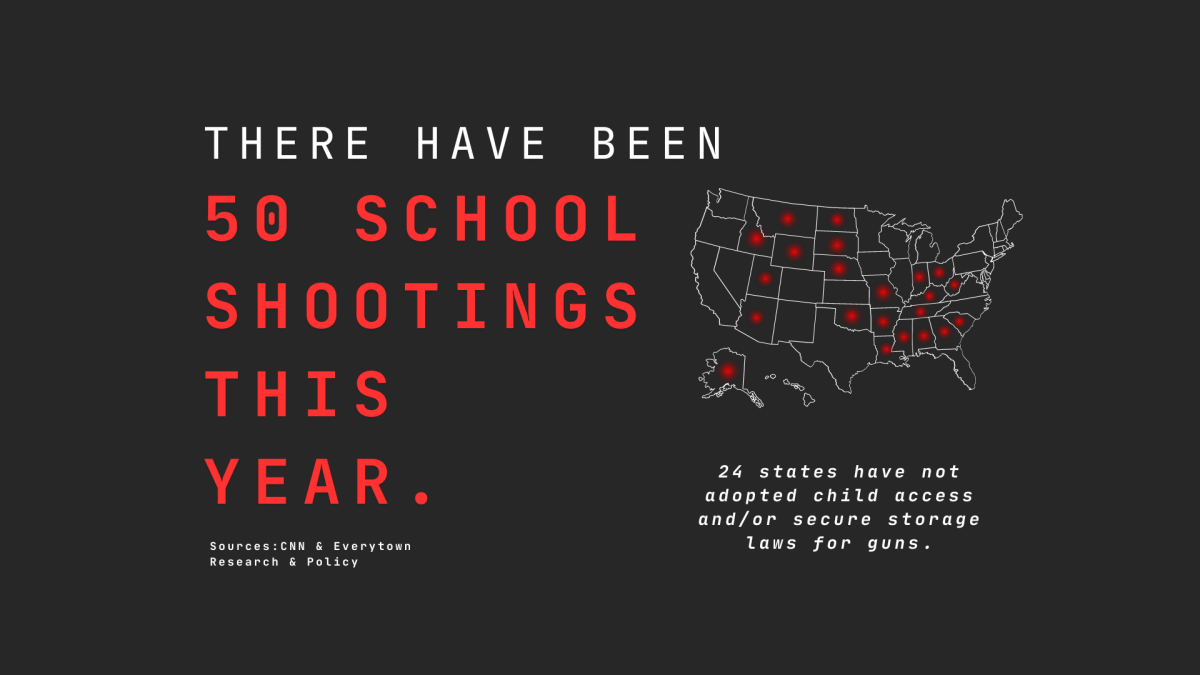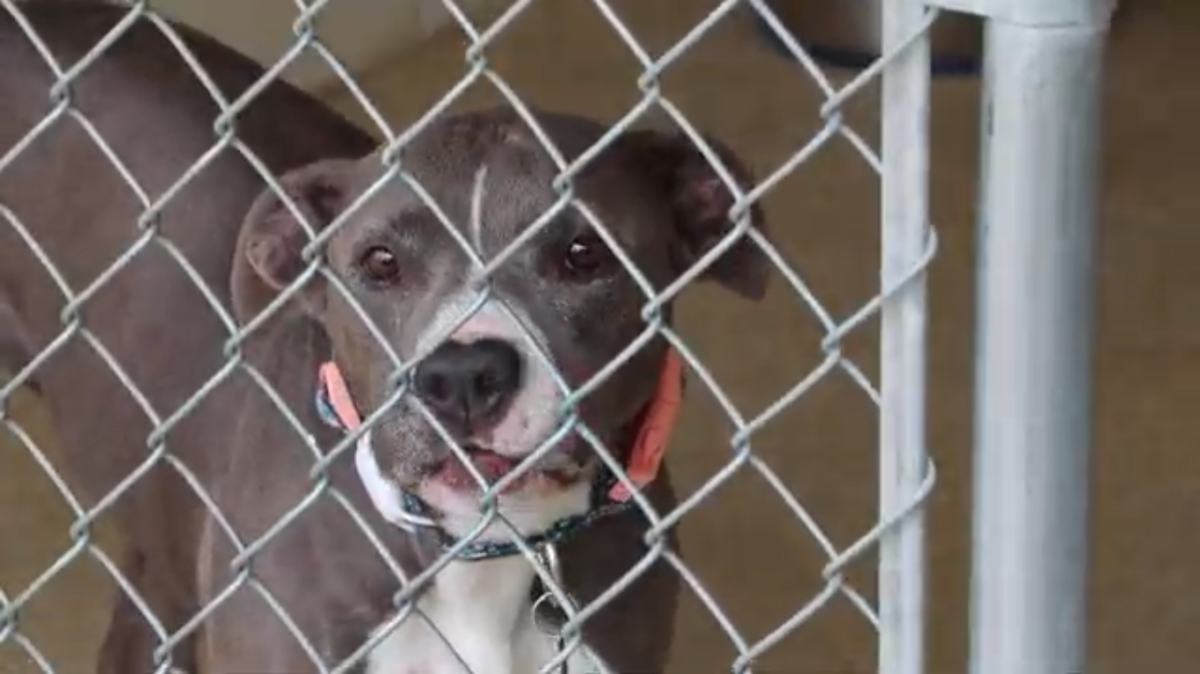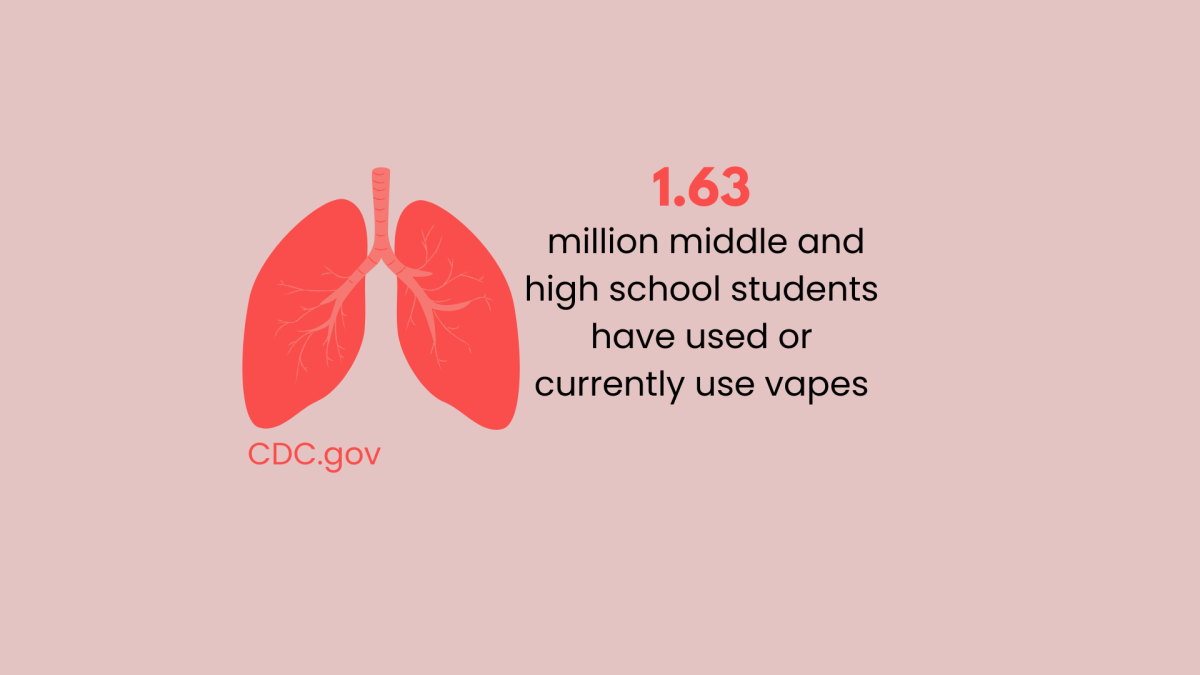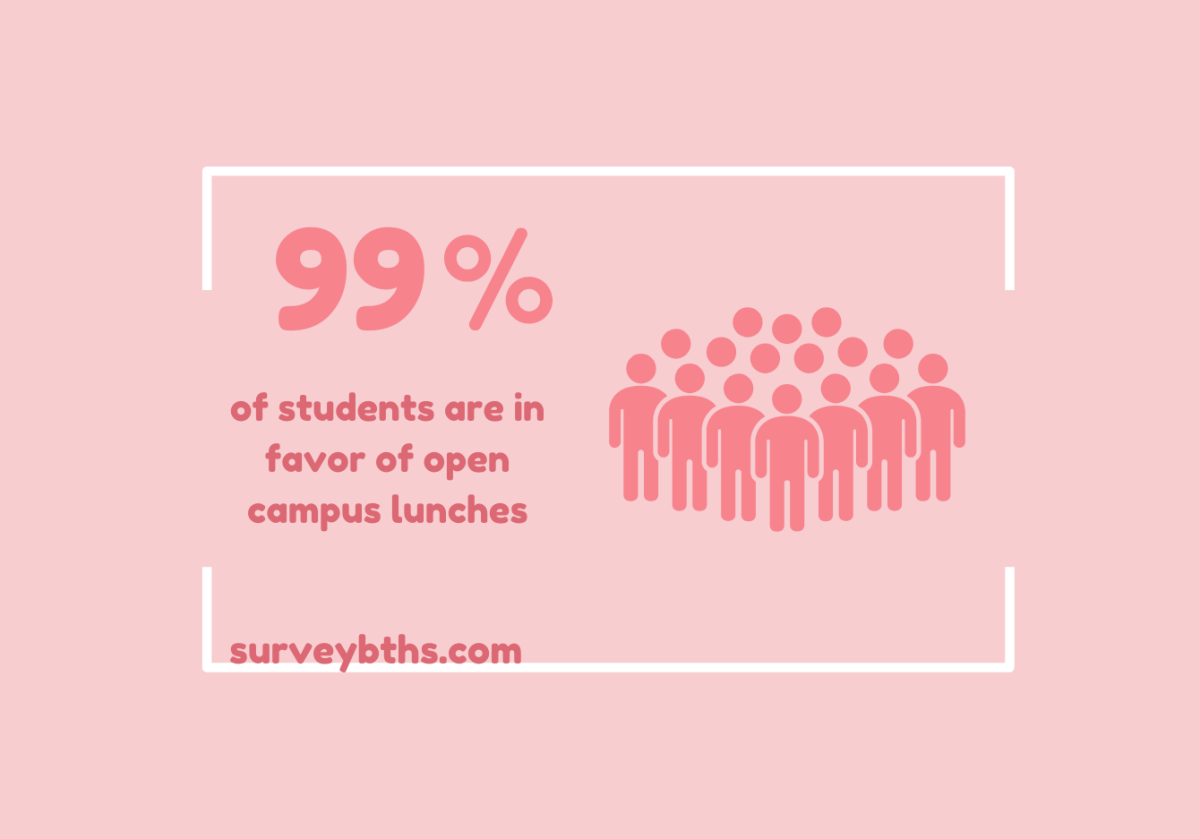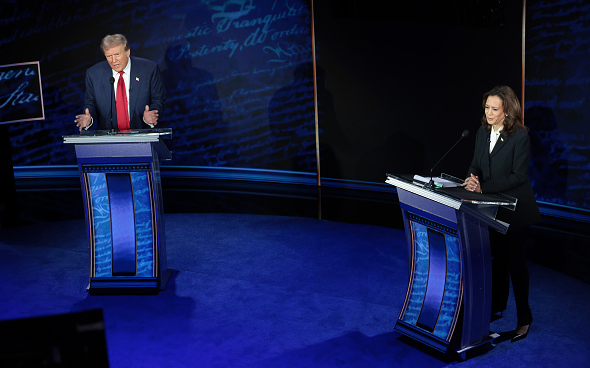September 4, 2024. Just one month into their first semester, a shooting took place at Apalachee High School near Winder, Georgia, leaving two students and two teachers dead and nine others injured. Not only were these crimes committed by a student of the high school, but by a 14-year-old boy.
While the loss and impact of this tragedy has devastated families and citizens across the nation, the realities of this event are all too familiar to the students of America. As the 46th school shooting just this year, the time has come again for citizens to question how many lives have to be lost before effective action is taken against these acts of violence.
Though the U.S. government has made advancements toward gun reform in the past, these legislations often fall short of the needed longevity and restrictions to keep the use of firearms under control.
In 1994, Brady, a non-profit organization dedicated to ending gun violence, created the Federal Assault Weapons Law that banned more than 19 assault weapons and other semi-automatic guns. After being signed into law by former President Bill Clinton, the ban lasted for a decade before expiring in 2004. During this period, mass shooting fatalities dropped by 70%, but then rose by 347% after its expiration.
Even now, 20 years after the end of the ban, the hundreds of school shootings that have occurred since have still not convinced Congress that this law should be reinstated. Simply put, the significant decrease in gun violence during this ban reflected just how many lives could be spared without the presence and easy access to weaponry.
But even with the enhancement of gun bans, there are still millions already in the possession of Americans. As this number has climbed to surpass the amount of civilians in the U.S., the only nation in the world that has more guns than people, much of the focus on the recurring violence in schools has shifted towards the safe storage of weaponry.
A majority of the time, school shootings are often at the hands of a student or adolescent with access to guns at home. Whether or not parents choose to inform their children about their possession of firearms, they should always be securely locked away to prevent kids from handling them with dangerous intent.
While secure storage and child-access prevention laws have already been enacted to combat these occurrences, only 26 states in the U.S. have adopted them, not including Georgia where the Apalachee shooting recently occurred. This fails to account for almost half of the American states, allowing any young civilians within them to gain penalty-free access to a gun in their homes. Several of these states-enacted policies are also particularly flexible, with some like Wisconsin and Virginia defining a child’s age restriction at just 14.
Instead of worrying about how many sheets of paper their binder will be able to hold, students must now worry about whether it will protect them from a bullet. Initially designed for military combat, some classrooms have even introduced bulletproof supplies like clipboards and pencil pouches to use in the case of a shooting. While it is true that gun violence has reached such a high extent that schools must take initiative against it, these extreme measures should not have been needed in the first place.
Wonder Hoodie, a bulletproof sweatshirt company, even promised wounded children in school shootings a “replacement hoodie free of charge”, insinuating the lasting possibility of it happening again.
As the primary cause of death in children and teens, gun violence has succeeded too long in taking the lives of those at school to learn. Rather than allowing students to live in continuous fear, both the American people and government must decide where their priorities lie, and instead address the root of the non-existent laws that allow the continuation of school shootings.



